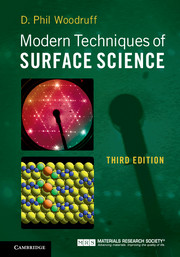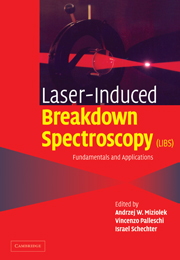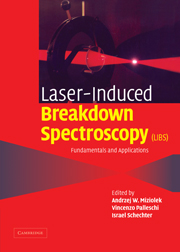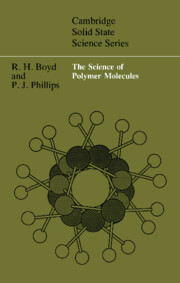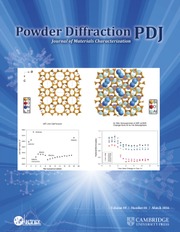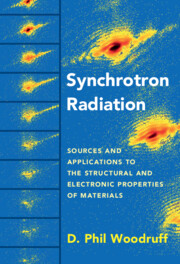Modern Techniques of Surface Science
The book describes the physical basis of all of the principal and the majority of the more specialized techniques used today in studies of well-characterized solid surfaces. The techniques are grouped according to the underlying physics and are described in nine chapters. The treatment of each technique concentrates on the basic physical principles, and illustrates its use with selected examples with an emphasis on understanding the concepts. Included in each of these discussions is a view of the strengths, the weaknesses, and the complementary aspects of the individual methods. Although some mention is included of the potential use of some of the methods to study technical surfaces, the emphasis of the examples is taken from studies of the basic chemistry and physics of well-characterized surfaces under ultra-high vacuum conditions, aimed at elucidating their structural, compositional, electronic, and vibrational properties. This edition includes new material on synchrotron radiation related techniques, scanning tunnelling microscopy and spectroscopy, and Raman spectroscopy.
- Updated version of a very successful book
- Valuable for physicists, chemists and materials scientists
- Covers all the important techniques of modern surface science
Reviews & endorsements
'Besides the dramatic development in surface science in the last few years it is, in particular, the clarity and homogeneity of the book that have led to its remarkable success … an excellent textbook.' Zeitschrift fur Physikalische Chemie
'Their style makes this a very readable book … the organisation and an extensive index make it easy to locate the appropriate section for the technique of interest.' Physics Today
Product details
April 1994Paperback
9780521424981
608 pages
229 × 152 × 34 mm
0.88kg
300 b/w illus. 7 tables
Available
Table of Contents
- 1. Introduction
- 2. Surface crystallography and diffraction
- 3. Electron spectroscopies
- 4. Incident ion techniques
- 5. Desorption spectroscopies
- 6. Tunnelling microscopy
- 7. Work function techniques
- 8. Atomic and molecular beam scattering
- 9. Vibrational spectroscopies
- References.


